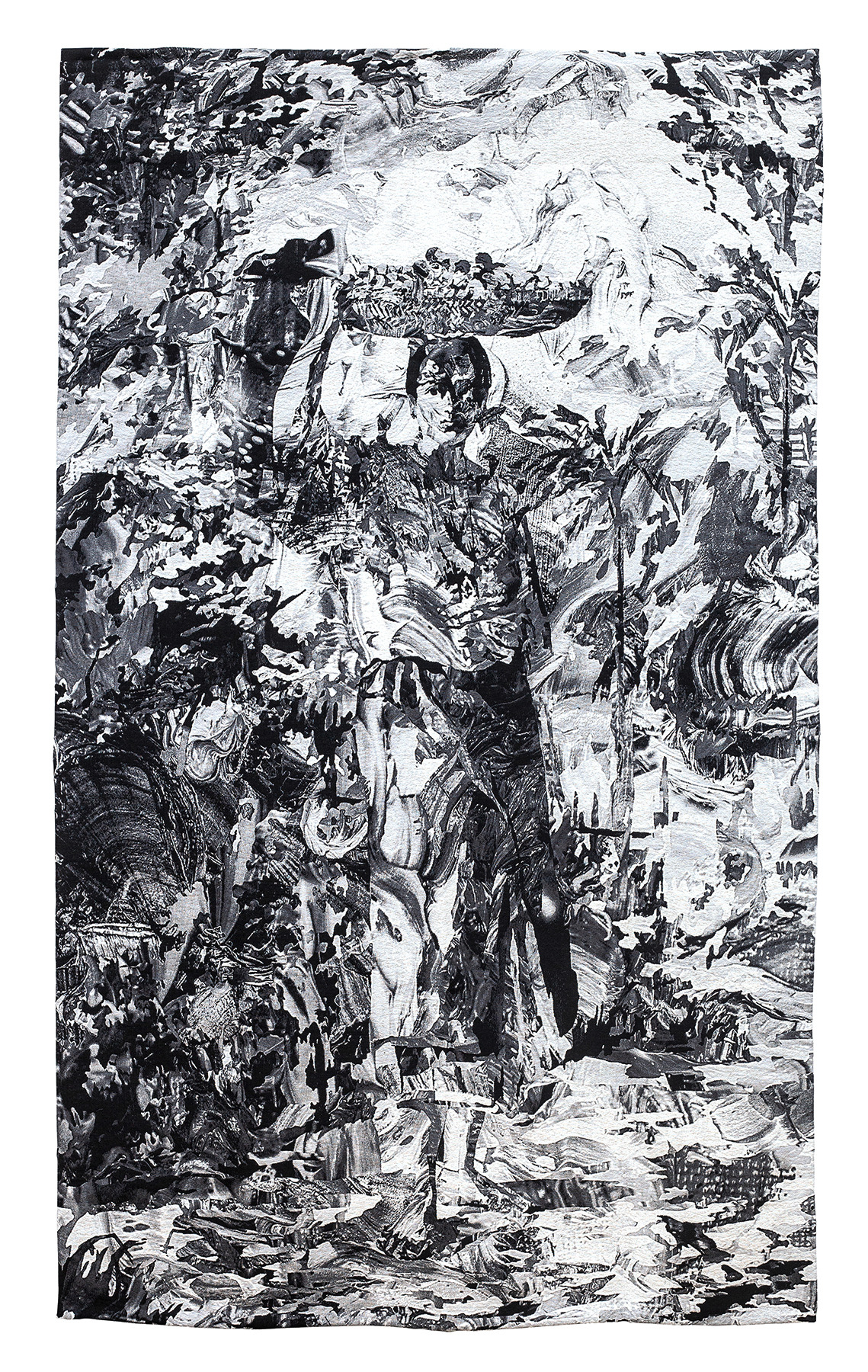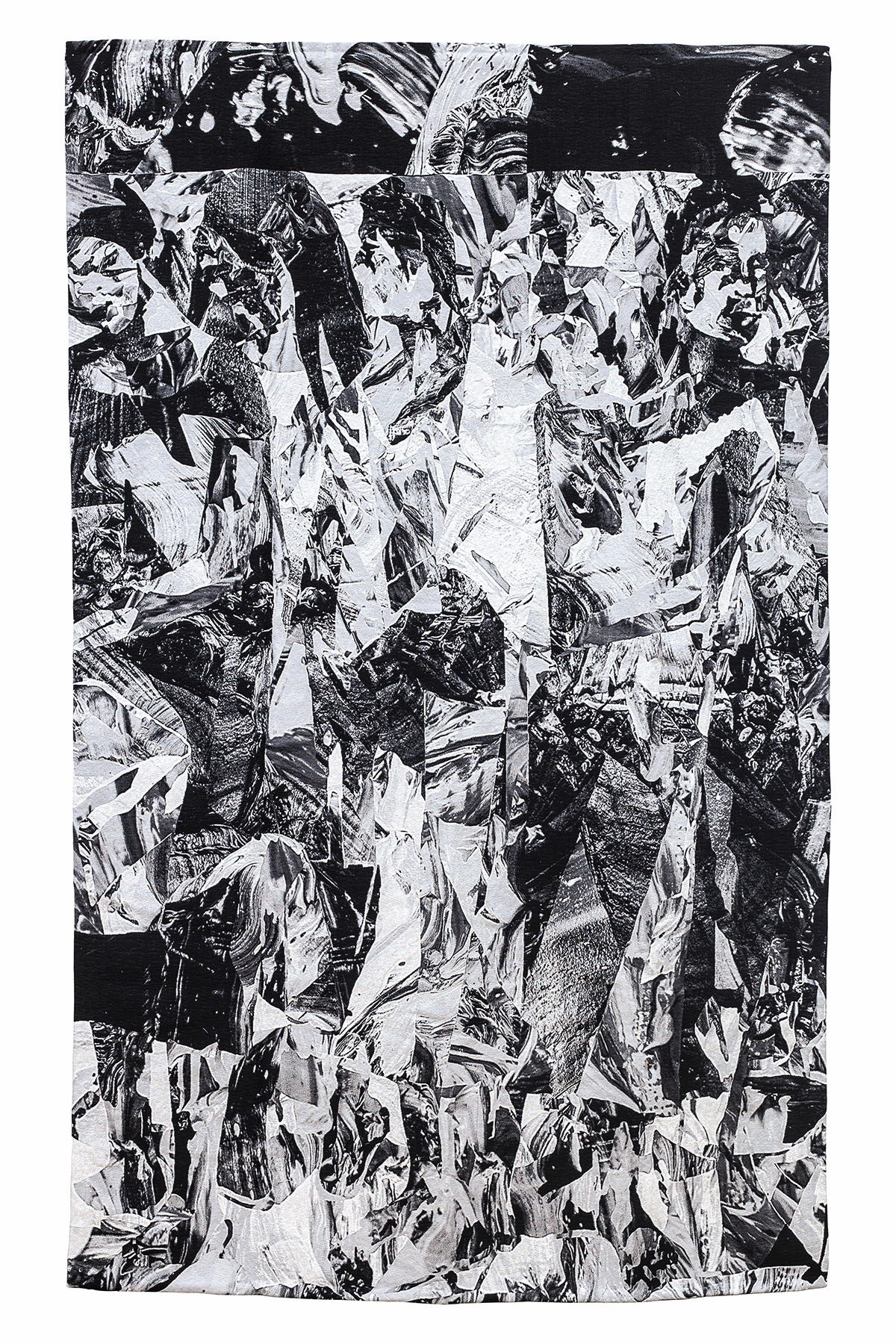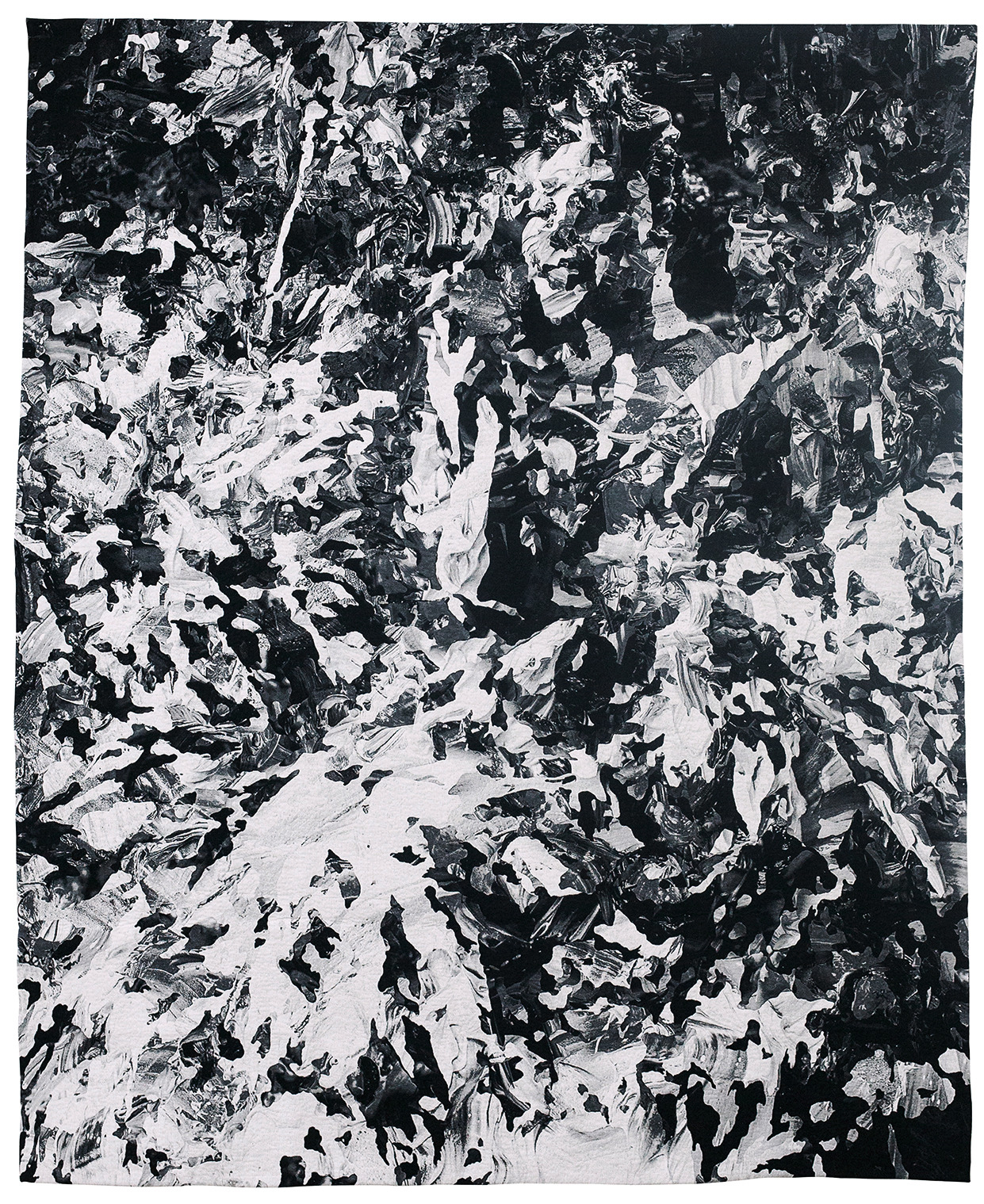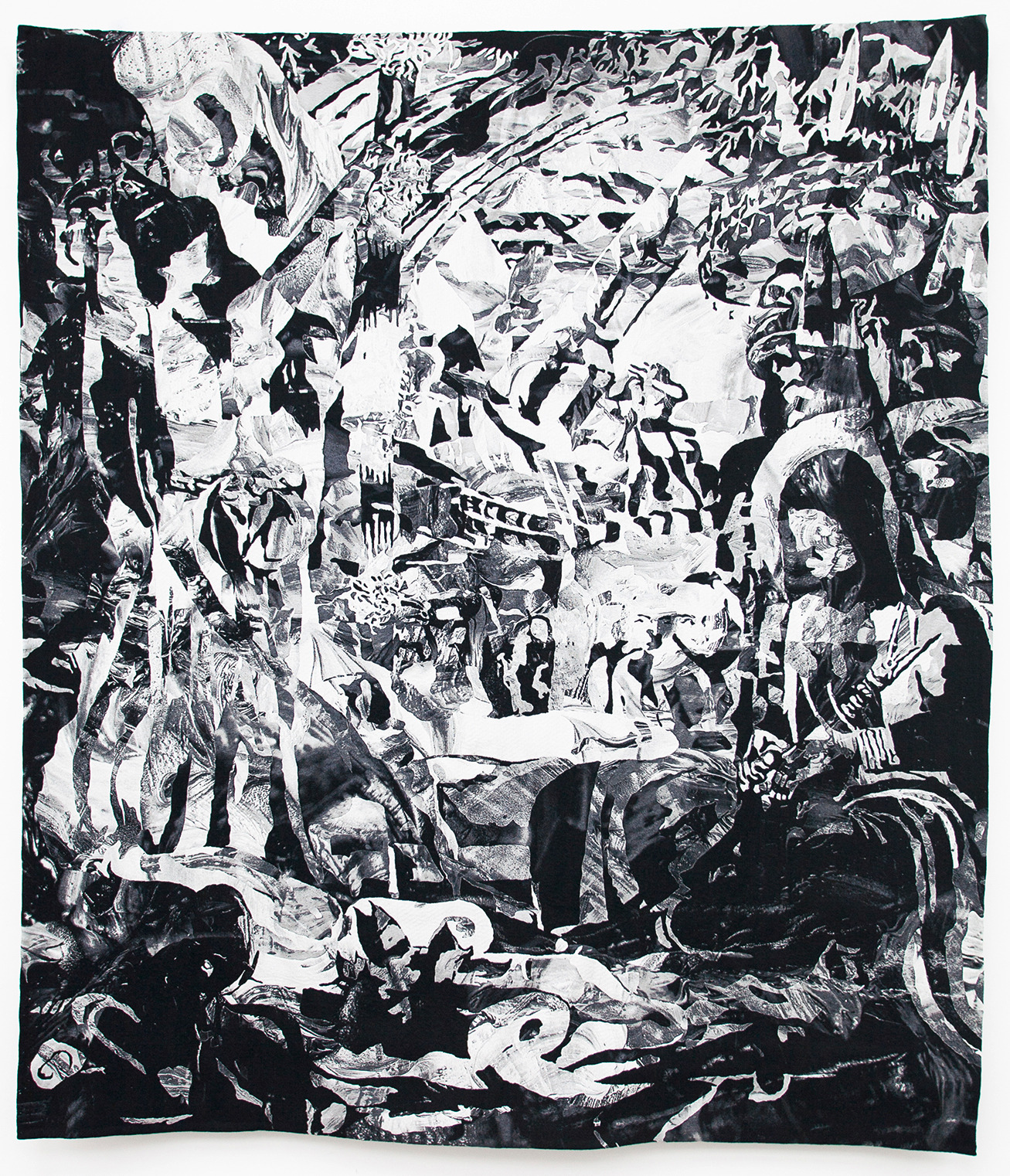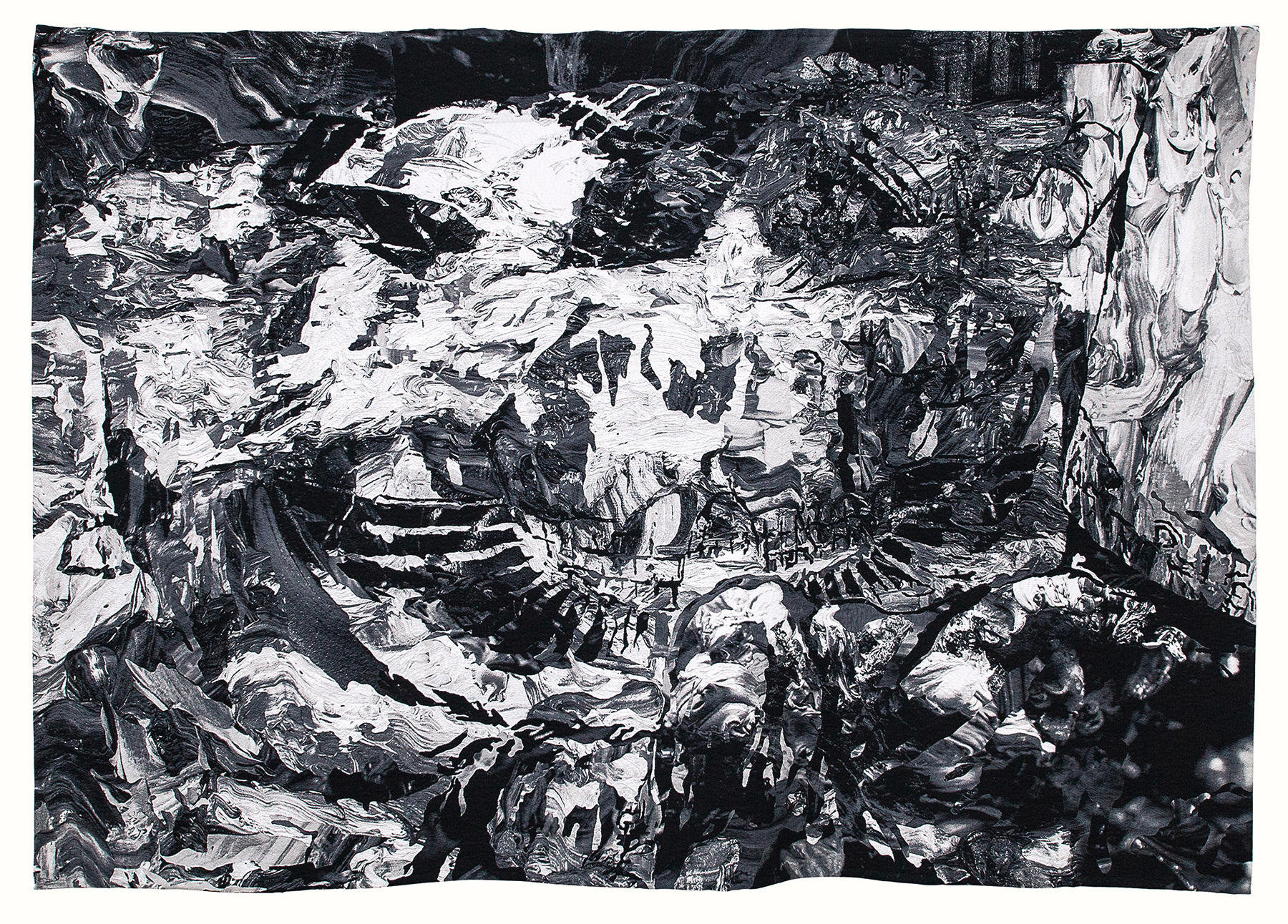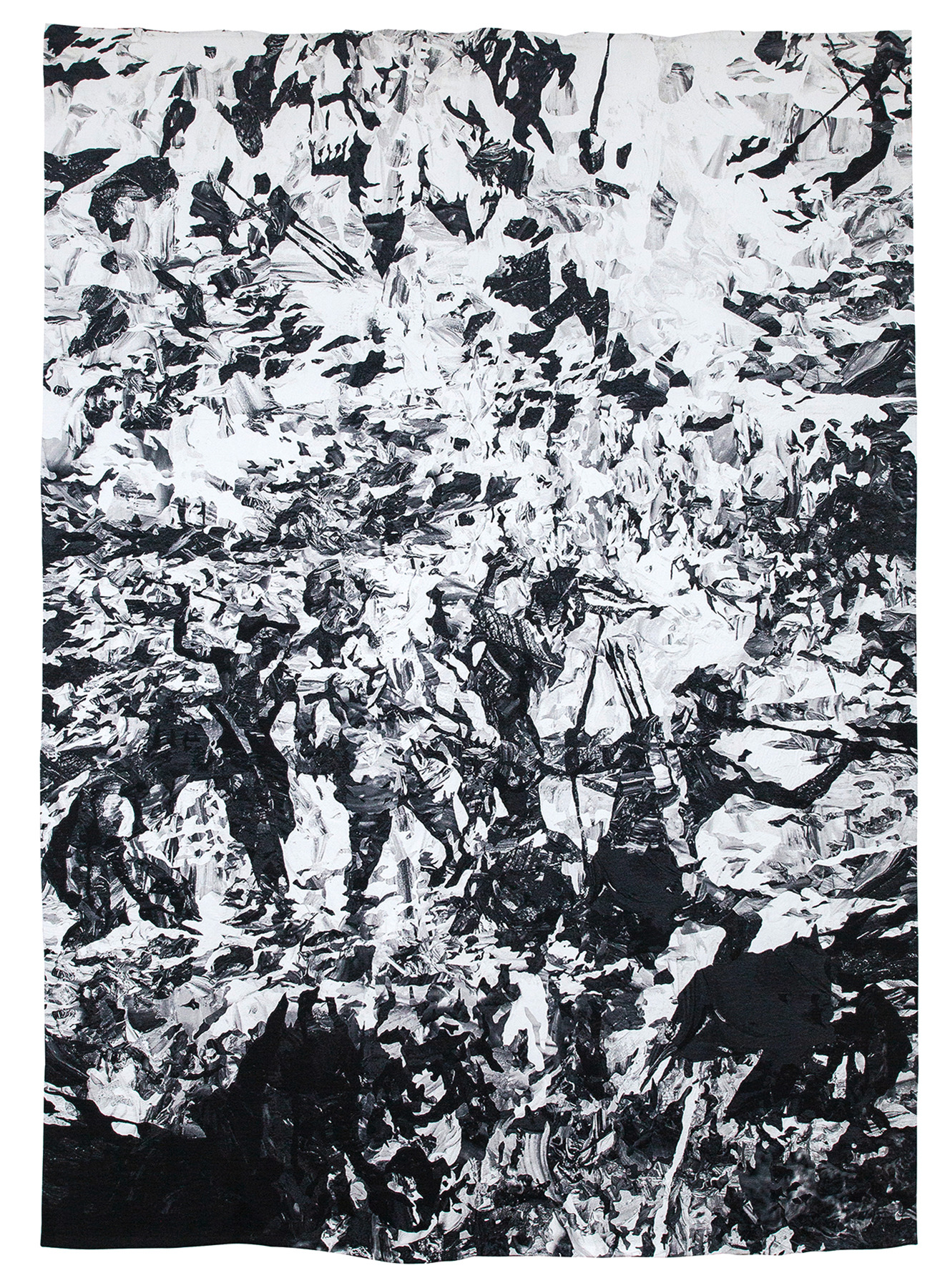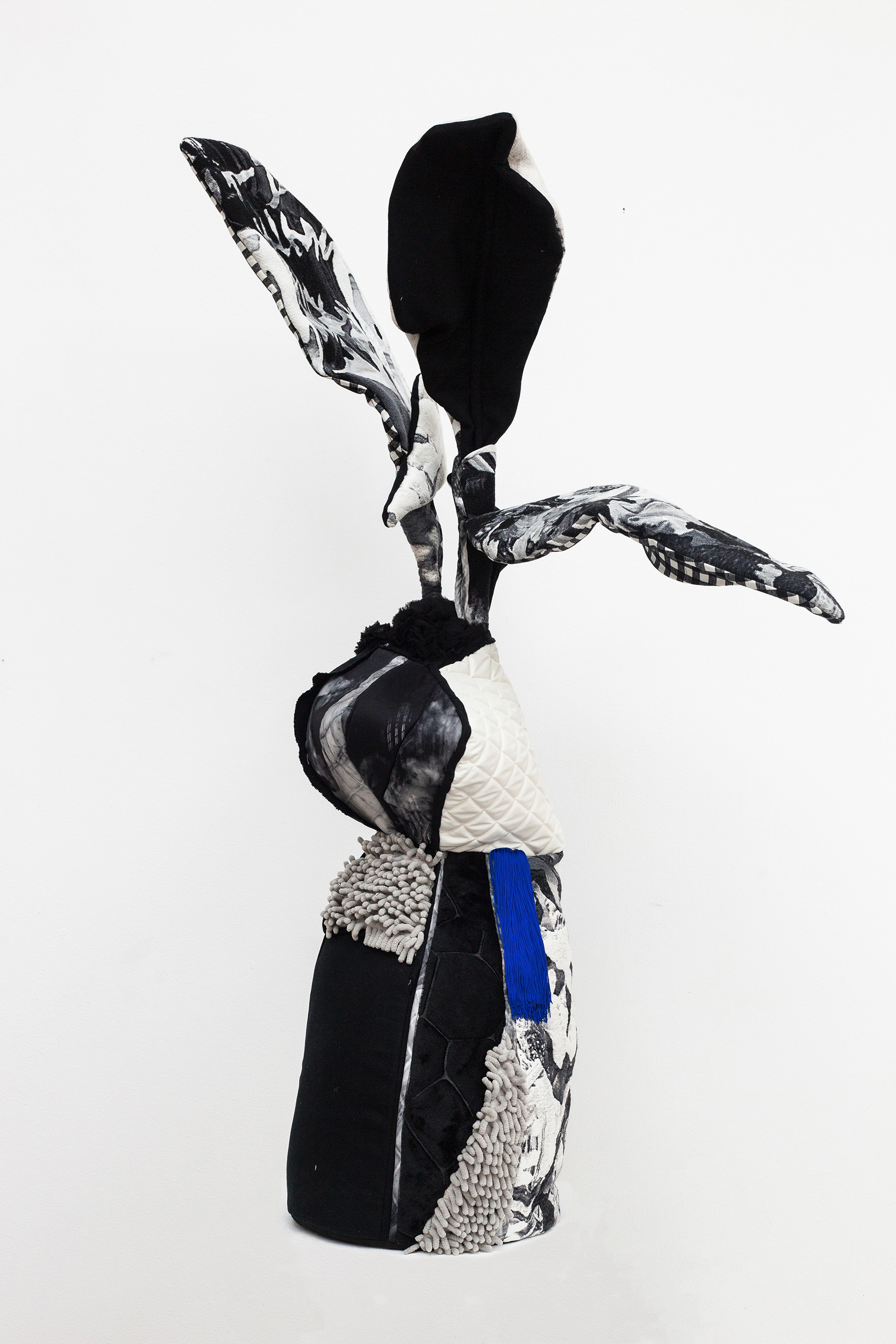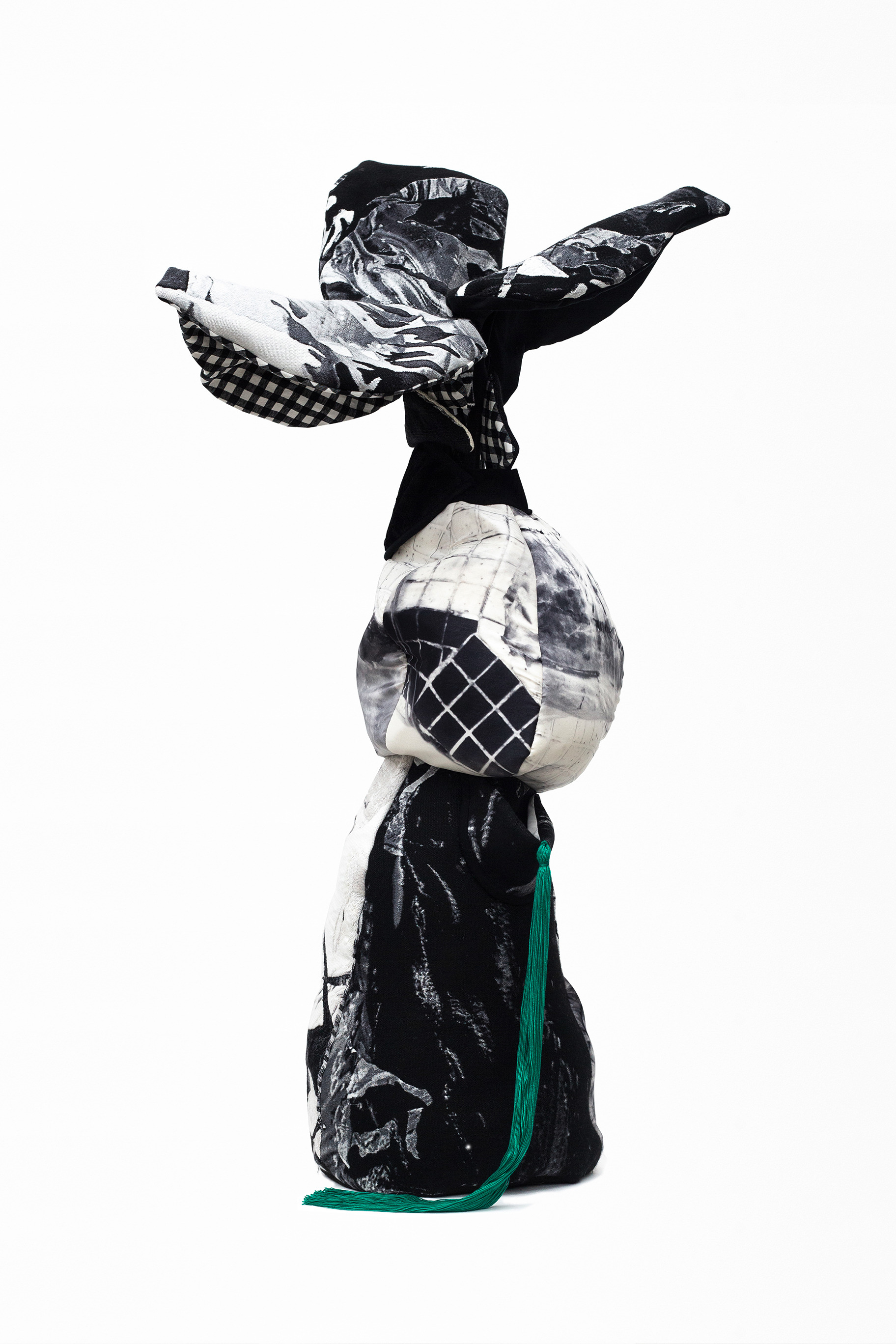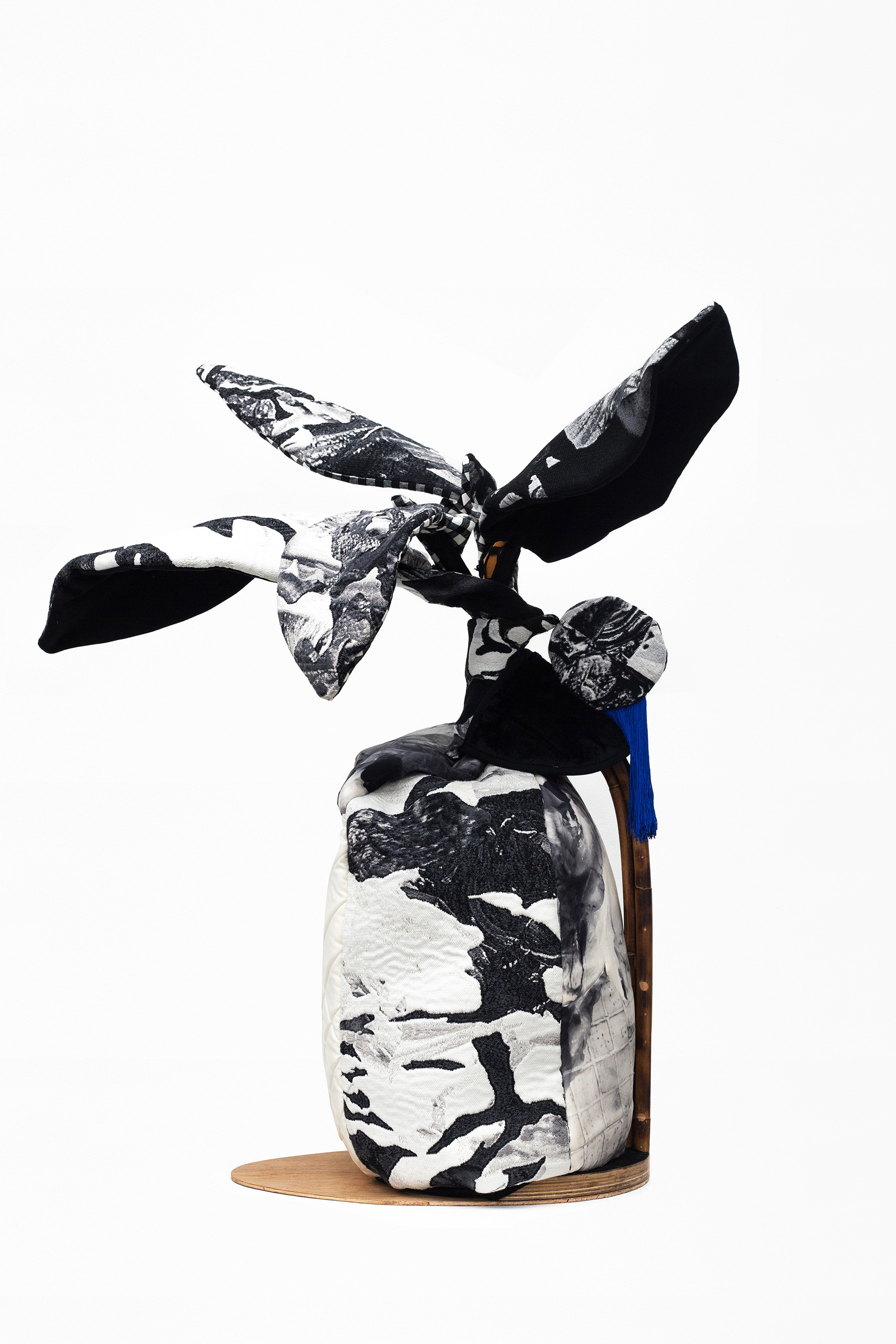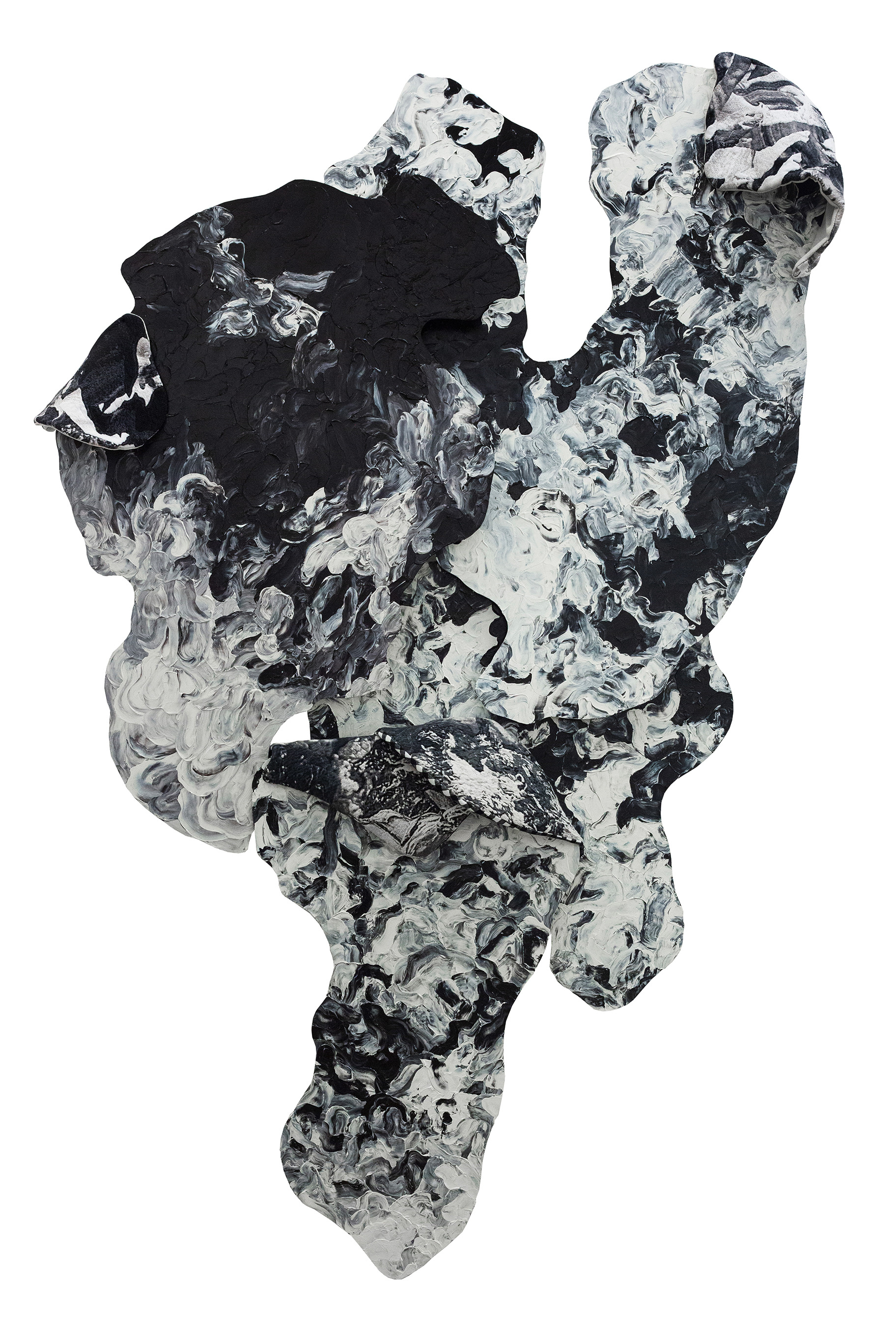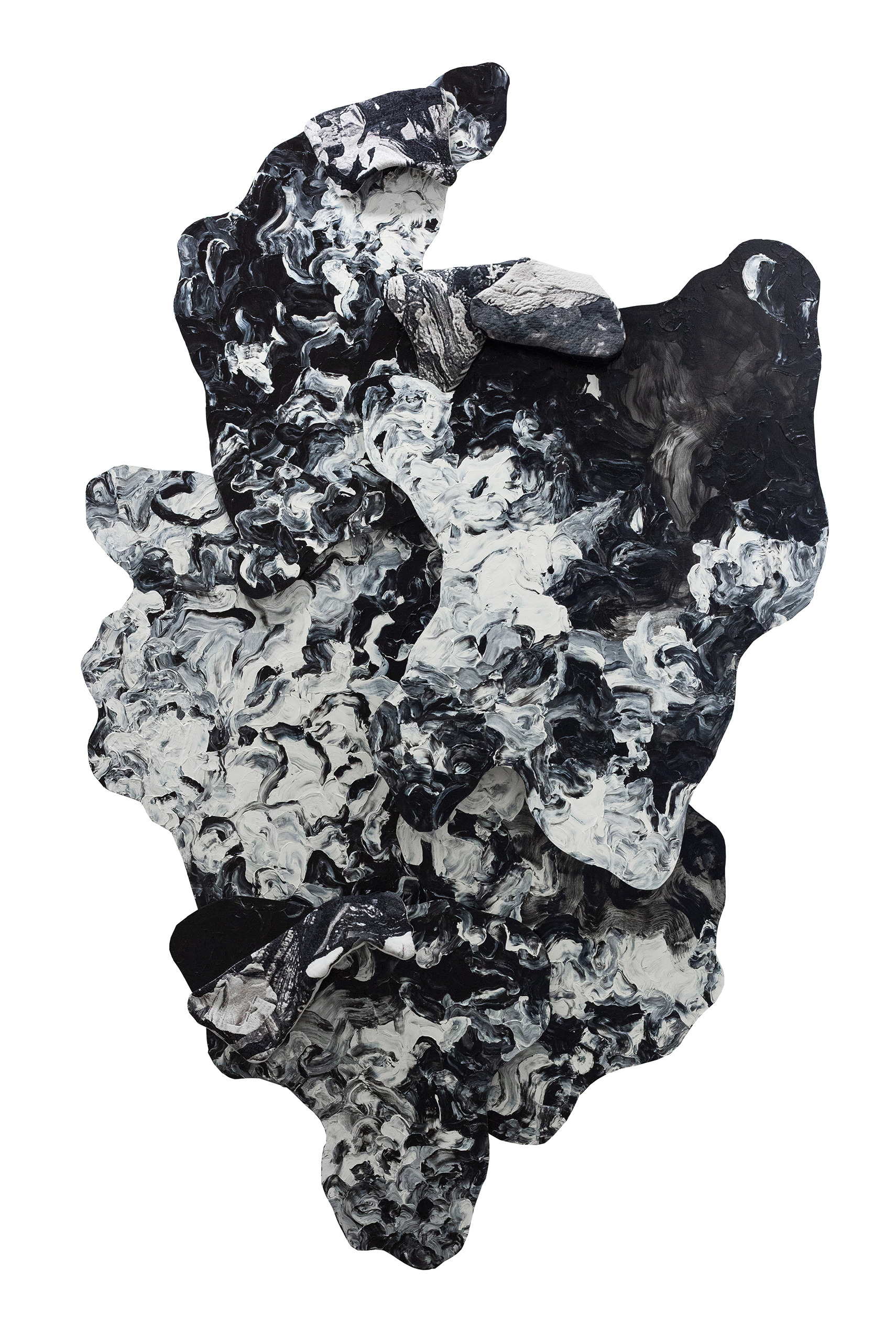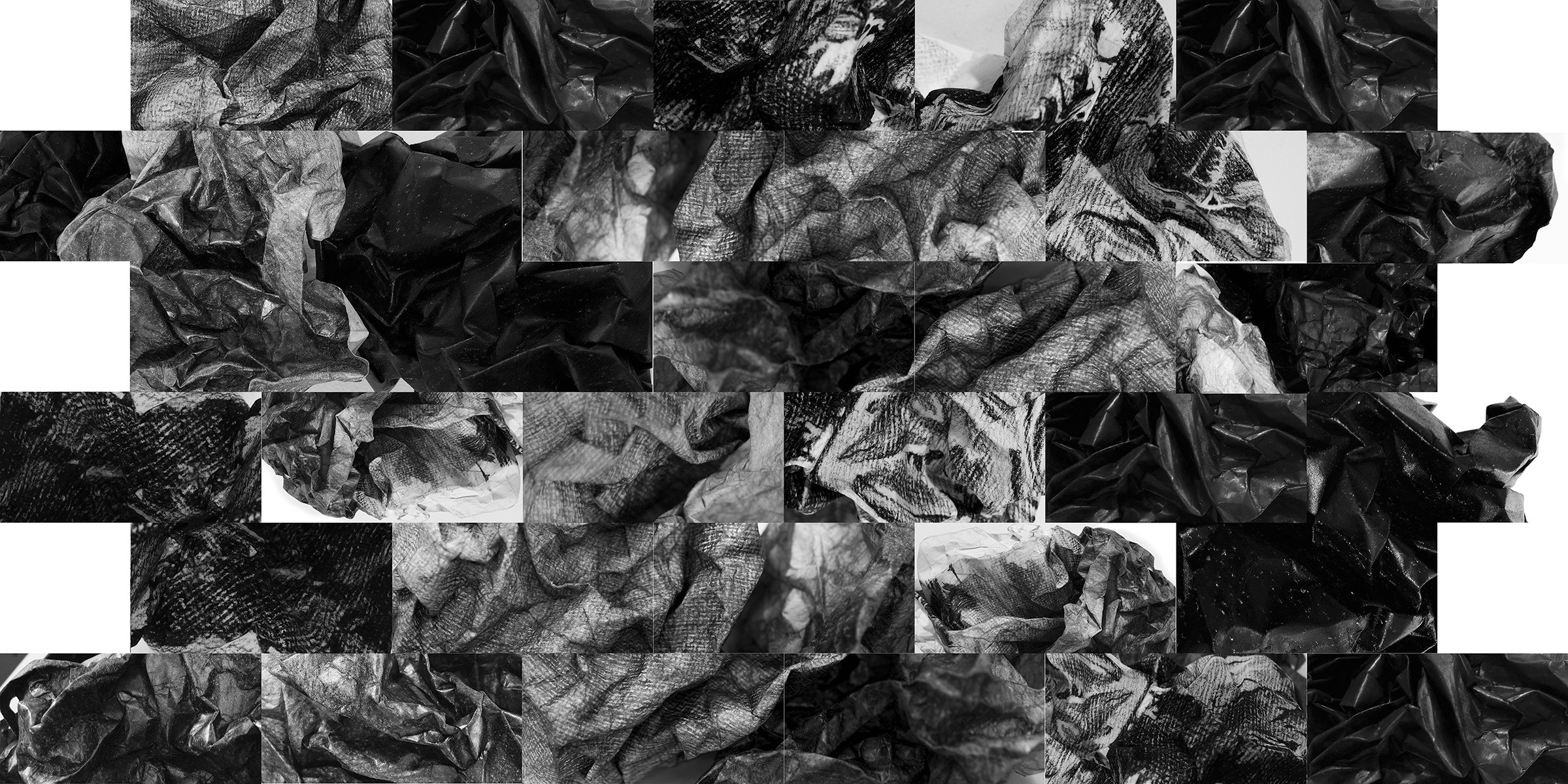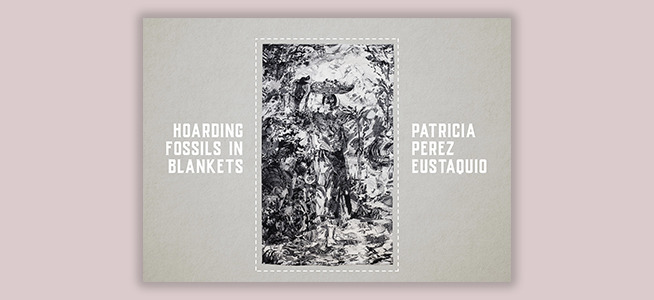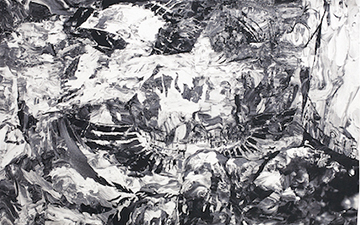
Hoarding Fossils in Blankets
Patricia Perez Eustaquio
Silverlens, Manila
Installation Views
About
Tapestry is tactile, textured in both its form and history. In the history of art, tapestry precedes painting with oils, and was once the most prized of art objects before the mastery of oil paints stole the spotlight.
What interests me in tapestry is precisely this, its contrast to painting: tapestry’s language is female, while painting is arguably male. Painting is mostly a solitary pursuit, the artist in his studio. It demonstrates the painter’s mastery, his technique and his flourish, and prescribes his world view to an audience set apart from the work, standing some distance to the painting hung proudly on the wall, restricted from touching it. If we are true to painting’s history, the visualization of the idea of the painter-genius is a man dancing around his canvas while a Lee Krasner is regarded as less serious, a mere shadow of the “real” painter.
Tapestry like other weaves and fabric works, on the other hand, was made by a community of women who spun thread from fibers, weaving them into intricate images. Its weight and expanse meant that several hands were needed not only to complete it, but also to carry it around, to wash it in a river or beat it forcefully to soften its fibers. Tapestry is soft and warm and its utility was to shield people from the inclemency of weather: whether to cover a window to block wind or blanket a cold stone wall, or pitched as a tent to shelter noble men in their travels. Over the years it has become more and more of a domestic object, used to decorate and add warmth to a home.
The six tapestries here presented are the first of a long series I hope to undertake. Each tapestry is a translation of an original painting done by a Philippine "master". The original painting is mapped out into shades from light to dark, and is then translated firstly by replacing its shading and (painterly) gesture with their digital, photographic equivalent, and secondly, by digitally weaving the entire image into textile. The tapestry then becomes the interface through which an overload of information is perceived because while the painting is translated and translated again, a thread strings all the data into a single object.
There are many things lost in translation, but many could be gained, too. Each subsequent translation lends to a deterioration of the original context, a kind of entropy as one form becomes another. But the muddling of information provides a perspective that is unique, if not interesting. Exploding the original painting into hundreds of photographs while trying to stay true to the information each photo was replacing, and then taking the entire image again and running it through a computer that directs a loom to weave this way and that ~it is almost as if I put the painting in a blender and tried to make a blanket out of the shake.
In truth my intention was to arrive at an object I couldn’t visualize until the object was actually made. I wanted an experiment that would take me far away from the thing-in-itself but where you could still glean its contours and recognize its shadows. I wanted to take my tangled mess all the way from inside my head, full of questions/facts/falsehoods, to my studio with mountains of objects and paint and photos ~and flatten that craggy landscape into a panoramic expanse.
Thus bulldozed the tapestries and objects were born, or re-born: Hoarding Fossils in Blankets is where ancient rocks are gathered and pushed through a sieve to make salt for a morning gargle, a warm bath, a hot bowl of soup. In my head, it is a welcome change to an otherwise familiar experience.
In my head, Hoarding Fossils in Blankets welcomes time into its fold. It is geography or is it geology? quarried into threads; the shuttling back of threads that bring us from warped histories to perceived futures. The mining, the translation is craft, and this object-making becomes an act of dissembling and assembling, by one hand and by many. The many here is crucial. I realized, especially during these extraordinary times, that the adage "it takes a village" holds especially true. If object-making were merely an extension of the principal maker’s whims or convictions, perhaps objects would be two-dimensional. But what a pleasure it is to grasp a moment in time as if it were dimensional, and turn it in your hand and pass it along for someone else to consider.
Patricia Perez Eustaquio, February/ June 2020, Manila
Patricia Perez Eustaquio (b. 1977) is known for works that span different mediums and disciplines — from paintings, drawings, and sculptures, to the fields of fashion, décor, and craft. She reconciles these intermediary forms through her constant exploration of notions that surround the integrity of appearances and the vanity of objects. Images of detritus, carcasses, and decay are embedded into the handiwork of design, craft, and fashion, while merging the disparate qualities of the maligned and marginalised with the celebrated and desired. From her ornately shaped canvases to sculptures shrouded by fabric, their arrival as fragments, shadows, or memories, according to Eustaquio, underline their aspirations, their vanity, this ‘desire to be desired.’ Her wrought objects — ranging from furniture, textile, brass, and glasswork in manufactured environments — likewise demonstrate these contrasting sensibilities and provide commentary on the mutability of perception, as well as on the constructs of desirability and how it influences life and culture.
A recipient of The Cultural Center of the Philippines’ Thirteen Artists Awards, Patricia Perez Eustaquio has also gained recognition through several residencies abroad, including Art Omi in New York and Stichting Id11 of the Netherlands. She has also been part of several notable exhibitions, such as The Vexed Contemporary in the Museum of Contemporary Art and Design, Manila; That Mountain is Coming at the Palais de Tokyo in Paris, France; and An Atlas of Mirrors in the 2016 Singapore Biennale.
Works
